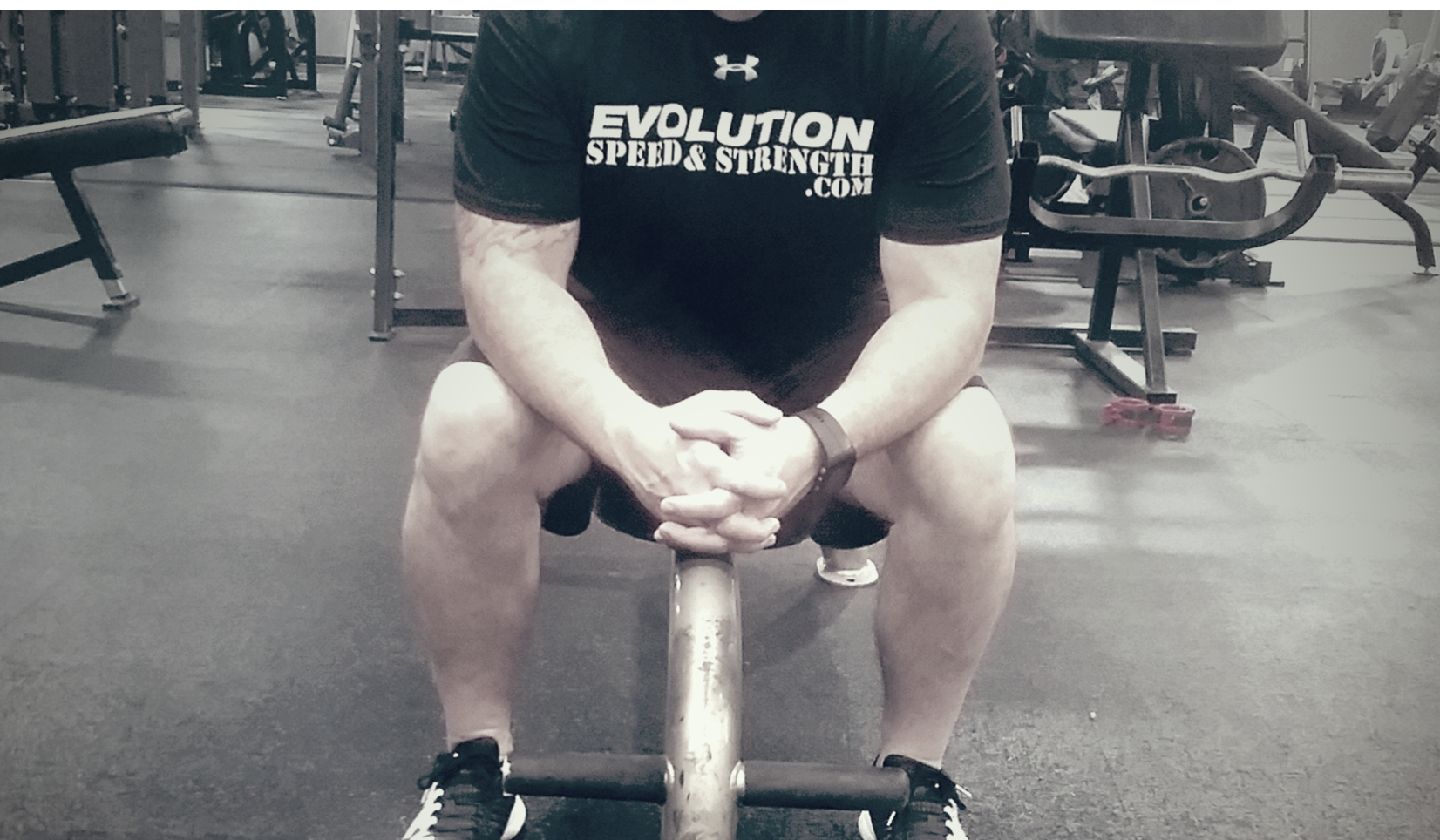Steady state cardio vs HIIT
- johnhelmsley
- Feb 7, 2021
- 3 min read
Updated: Feb 14, 2021
Which is right for you and how you prepare for race day?

Blogging from Your Wix Blog Dashboard
If you've done any research on cardio training, you've probably found that in order to shed pounds fast or build endurance, high-intensity interval training (HIIT) is the best overall option as opposed to steady state cardio.
So Is high-intensity interval training actually the best type of cardio or is steady state the way to go?
What is HIIT? All-out rounds of cardio with short rest intervals. It’s been touted as essential for fat loss and endurance. HIIT does burn more calories than steady state cardio per session, BUT it places much higher demands on your body. This higher level of intensity causes you to burn more calories afterwards than you would in an hour-long stationary bike session.
What is steady state cardio? An endurance-focused cardio session, meaning staying within one training zone for an extended period of time, Depending on your conditioning, it can either feel very easy or very challenging. The more you do it, the easier it becomes because your cardiovascular conditioning becomes stronger.
Think of a steady state workout as working at your base level of exertion. You’re working hard, but nowhere near your max, and your heart rate stays in one zone - usually zone 2 or 3. Whereas with HITT sessions, you’re in zones 4 & 5.
A better conditioned athlete can move at a faster pace and maintain a higher zone for a longer period of time. However, once your heart rate begins to fluctuate, you’re no longer doing steady state cardio.
With steady state cardio, your heart rate stays in the same heart rate zone for the length of time you’re exercising. This is going to be sustained the entire workout. If your heart rate is increasing and decreasing in intervals, you’re doing high-intensity interval training.
Sessions are longer, so you build up your endurance to push through a tough moto. If you’re able to maintain for a longer period of time, you can focus on your breathing and work on the mechanics.
A study done by the American College of Sports Medicine found that 2 weeks of high-intensity intervals can improve your aerobic capacity as much as 6-8 weeks of stationary bike training. However, HIIT sessions are very taxing on the body and require a longer recovery time. This can be problematic at the track. If you’re not properly recovered, you’ll fatigue much sooner, possibly leading to injury, shorter practice sessions or overall lack of progress as a rider.
A 2015 Journal of Sports Science and Medicine study also compared HIIT workouts with steady state aerobic training. It found that the HIIT workouts didn’t necessarily give participants a fitness advantage due to the demands placed on the body and the time needed for proper recovery.
Sustained cardio workouts (cycling, running, rowing, etc.) won’t burn fat as fast or ramp up your aerobic capacity as quick but are significantly more gentle on your body. They raise your heart rate to 60 to 80 percent of your max heart rate for a set time and don’t put the type of demands on your body like HIIT sessions do. They allow you to recover much faster and make time at the track much more beneficial to building your on bike skills.
Some benefits of steady state cardio, are increased endurance, improved recovery, maintaining muscle mass and burning calories. It’s a needed addition to your workouts. Steady state cardio gives your body a break while keeping you active, instead of forcing it to run on empty. Steady state cardio might not help you burn calories as fast as a HIIT workout, but you’re still conditioning your body.
We’re programmed to believe that unless we’re soaked in sweat, completely out of breath, and super sore the next day, we didn’t make any gains. However, scaling back your intensity is okay, especially if you’re new to exercise or have been out of the gym for a while.
I’m more of a fan of steady state than HIIT due to the need to be completely prepared for either practice or race day. The last thing I need is to show up at the track functioning at 70 percent. It’s a risky waste of time. Any time we throw a leg over a bike, we risk injury, so no need to make it more dangerous!

Comments